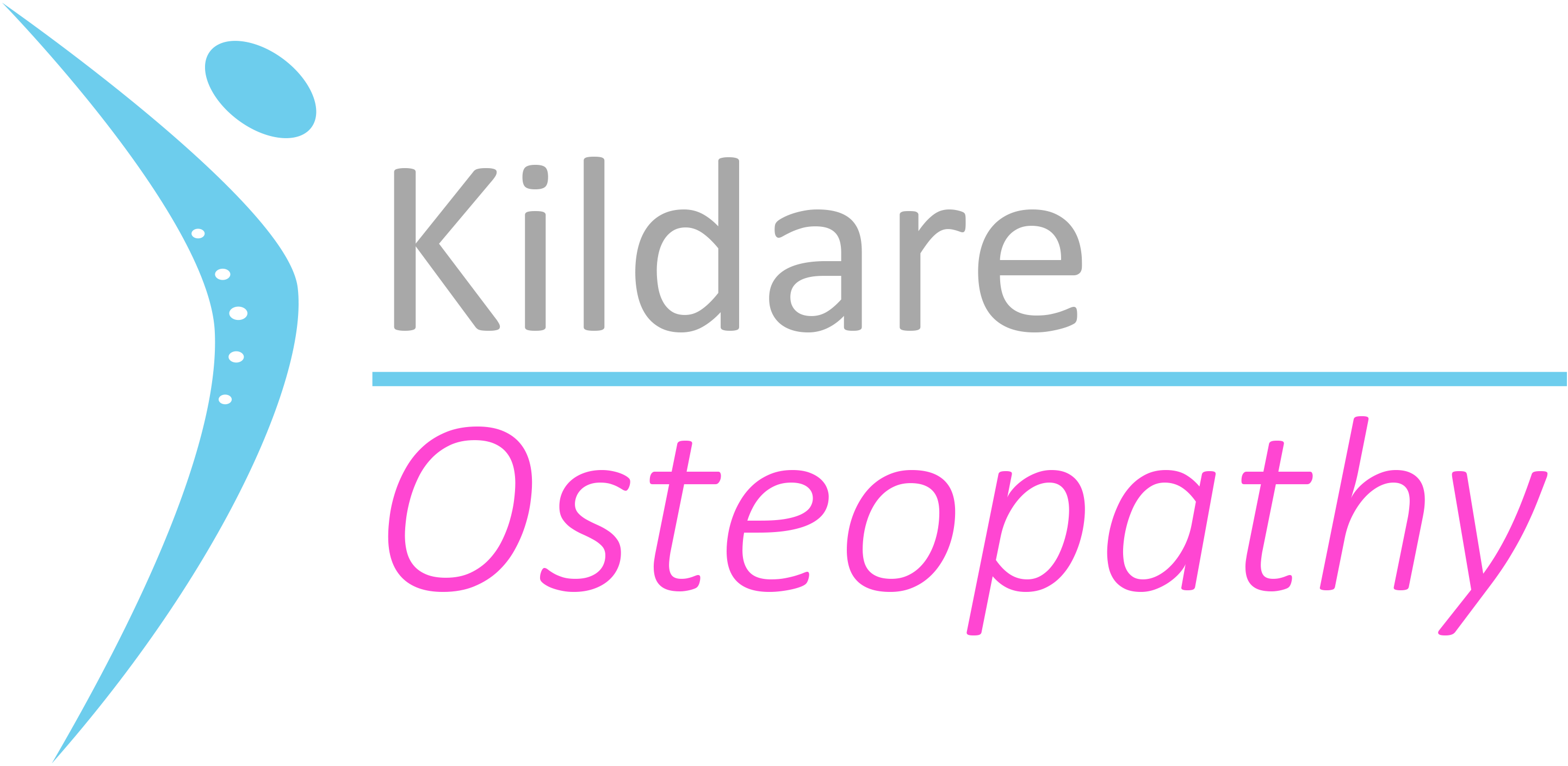Tongue Tie
Tongue Tie, Ankyloglossia, is when an unusually short, thick or tight band of tissue, lingual frenulum, tethers the underside of the tongue to the floor of the mouth. The tethering is present from birth and may restrict the tongue movements. This may cause issues with latching and feeding. It can restrict tongue movements side to side, lift it up and stick it out. Sometimes tongue-ties may not cause issues or problems.
The maternal and infant symptoms for tongue-tie can be varied.
Symptoms for mum:
Pain, for an extended period of time, for mum during breastfeeding
Pain or blanching of nipple after breastfeeding
Damage to mums nipples during breastfeeding, or flattening of nipple
Mastitis
Symptoms for baby:
Difficulty lifting the tongue up off the floor of the mouth
Difficulty sticking out the tongue beyond the lip line
A tongue that appears heart shaped
Difficulty attaching and staying attached during a feed
Shallow latch
Poor suck
Dribble a lot during feeds
Narrow gape of mouth
Poor neck extension, to achieve a successful latch
During feeding the tongue should remain over the lower gum while sucking. A baby may chew/chomp instead of suck if they are unable to freely move the tongue or maintain it in the correct position. Babies may fall asleep quickly during a feed, this is often due to the increase in effort exerted by using the muscles around the mouth and head, to compensate for the restricted tongue movements. Poor feeding abilty may contribute to slow weight gain and slow to thrive.
A frenotomy is a procedure to snip or revise the tethered band of tissue underneath the tongue, it is revised with laser or scissors. It is carried out by a specialist; paediatric consultant or midwife.
Tongue Tie Assessment and Osteopathy
Physical assessment: A full body assessment to check, muscle tone, reflexes and joint range of motion, assessing for symmetry and mobility.
Common findings are torticollis, restricted range of movement of the neck, narrow gape of mouth, flexed segments in the upper neck.
Oral assessment: range of movement of the tongue. Quality and rhythm of suck. Palate structure.
